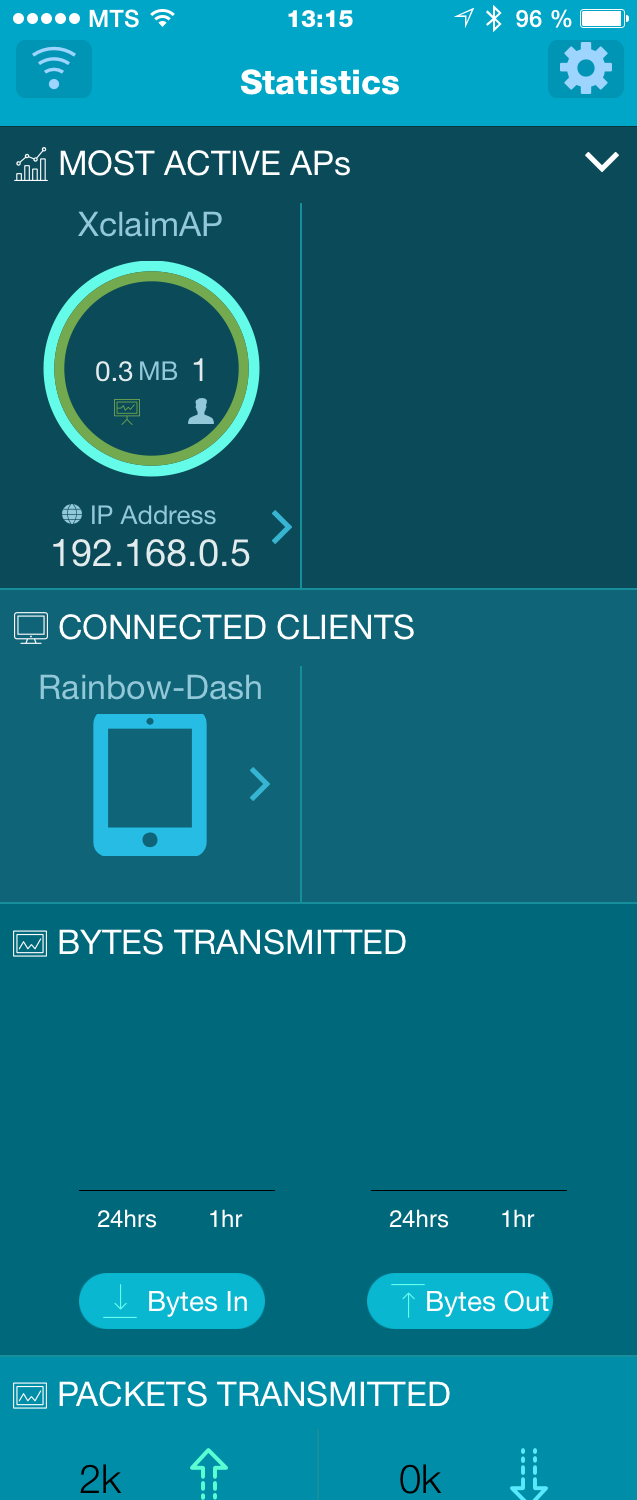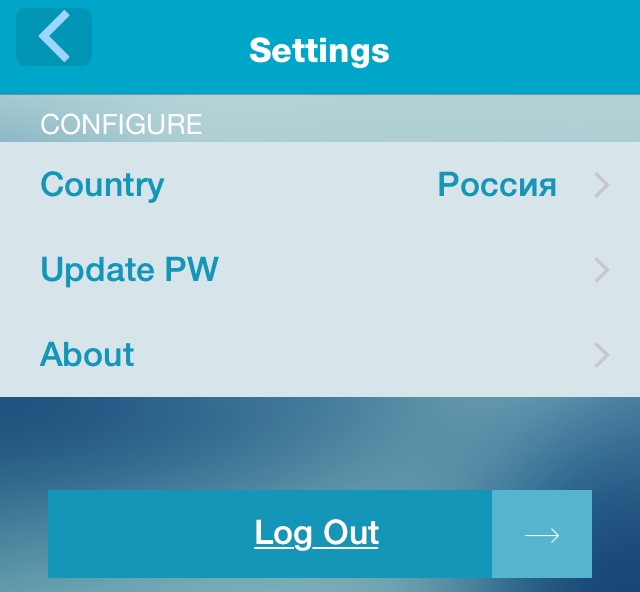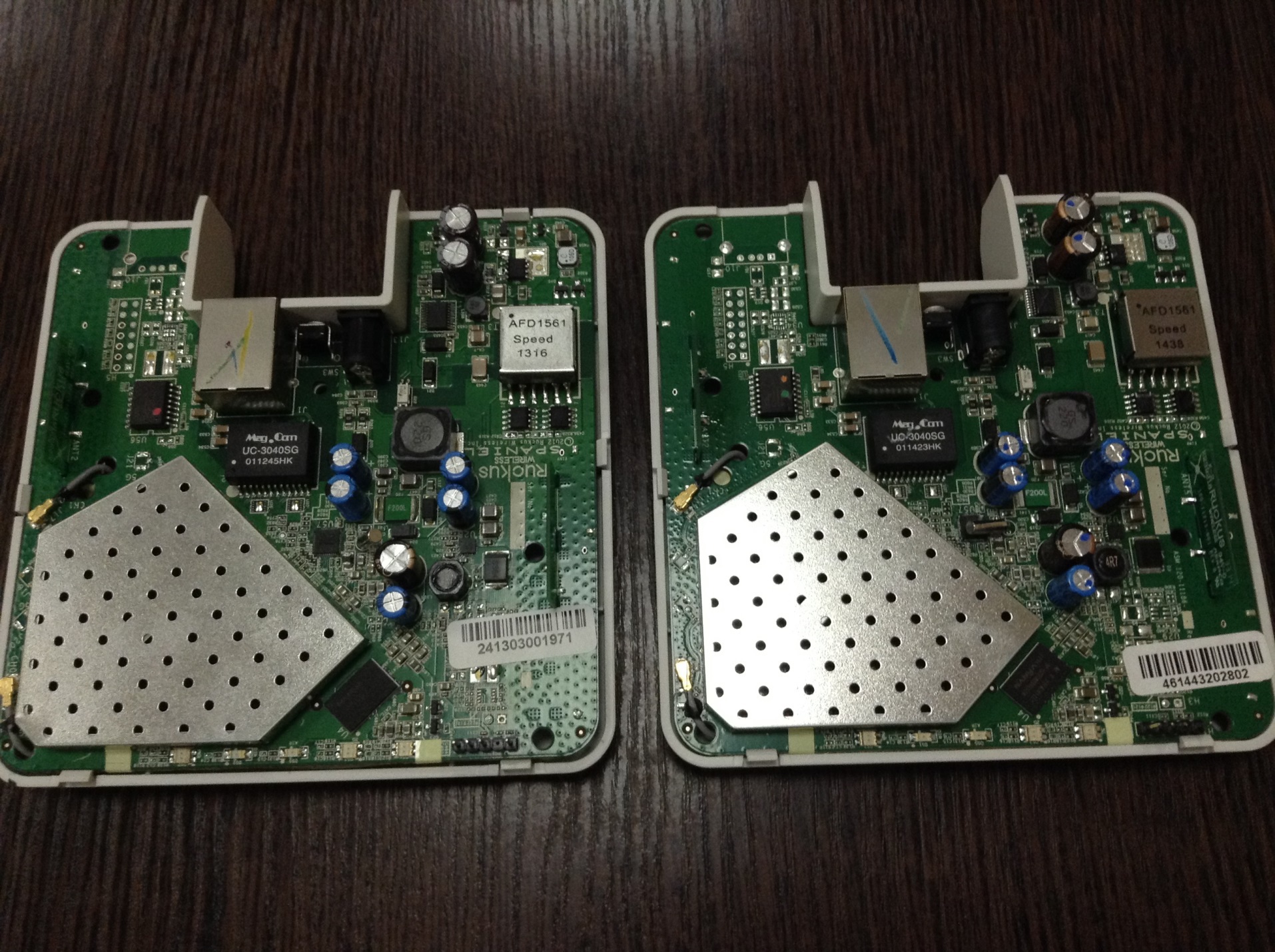Xclaim - “noisy” * Wi-Fi invasion of small business
* - from English Ruckus - noise, din
How different in scale is a business - so different is the infrastructure required for it. In large organizations, the account goes to hundreds and thousands of wireless access points, which are managed by a sophisticated controller under the supervision of a no less sophisticated engineer - and what should small “home” companies with ten to twenty people do and the cost of implementing “professional” Wi-Fi just too heavy, and you don't want to hire a specialist to support such a network? Until recently, the solutions for such a niche of the market were only “home” routers and, perhaps, Ubiquiti products, however, this equipment requires even shallow, but still knowledge and skills. The situation is intended to change the new Xclaim equipment - inexpensive (from $ 130, in more detail in the table below), but functional.

')
The slogan “Wi-Fi for the Non-IT Guy”, under which the ad campaign of these access points passes, actually determines the market the product is aimed at. In fact, according to the US Census Bureau, in 2011, 95% of all US companies had between 5 and 99 employees. Of course, you can say something like “20% of people drink 80% of beer”, that is, one large company is comparable to hundreds of such small ones, but it’s pointless to deny that small business is a serious market for wireless equipment manufacturers.

Small business is, no matter how obvious, though small, but still a business; therefore, it makes even less demands on the wireless network than the high-density Wi-Fi systems that are paranoid from the security point of view, but , nevertheless, all-in-one SOHO routers, even in terms of radio coverage and the lack of centralized control, are not an option. Let's try to highlight the main qualities that such an intermediate solution should have:
- Easy to set up. If the company has a wireless engineer or a system administrator, is this, of course, great, and if there are no such personnel? If you can do without additional staff training - it would be nice to do it;
- Affordable price. No one argues that the access point for a thousand dollars is good - but for a company with a dozen employees to spend that amount on the introduction of Wi-Fi is just silly. And if you need more than one point to cover the office?
- Good functionality . And the question here, of course, is not about the built-in torrent-rockers. First of all, high-quality radio, high performance and centralized management of all access points are required for the smooth functioning of a Wi-Fi network, plus guest access and normal security.
The balance of these three whales and will give small companies a simple, easy and inexpensive to build a reliable wireless network, without the headache with its painstaking configuration.
So, Xclaim. In total, the line includes four access points, three of which are office, and one - street. Technical (and not only) characteristics of the points are summarized in a small table:

Prices are deliberately given, because when you publish tests of any new items, you first ask about them.
Common features for all points:
- Dynamic channel selection;
- Automatic traffic prioritization - proprietary technology based on SmartCast (by reference - pdf with a description of the technology) from Ruckus;
- Band selection control (Band Steering - “pushing out” customers who can use 5 GHz to this band to unload the much more popular 2.4 GHz);
- From 1 to 10 Wi-Fi points on the network (it is recommended to build a network up to 10 points, with an increase in the number of points, the system’s response time to statistics requests or changes increases. However, when more than ten points are needed in a network, the company can hardly be considered small - it is worth thinking about building a fully managed Ruckus solution);
- Up to 4 SSIDs on the radio module;
- Client-based roaming between points.
Configure and configure Xclaim access points
The points are incredibly easy to set up and operate - no wonder, because it is this simplicity that is declared as the distinguishing feature and dignity of the points in this series. The sequence of actions when setting up from a smartphone / tablet is simple:
- The Harmony program is installed on the mobile device (available in the AppStore and Google Play - unfortunately, the Win version is not even in the plans. Yes, the Android version must be at least 4.4.1!);
Links to the application:

- We go through the registration process: specify the country (the point will automatically set the EIRP level in accordance with the legislation of the specified country), write the administrator password (the same password will be used if you need more painstaking setting of points via SSH or the web interface), set the parameters of the first Wi- Fi-networks (encryption, SSID, passphrase), accept congratulations.Screenshots:

- Now you need to get into the coverage area of points. Find the xclaim-setup network and connect to it. Important note: there is no dhcp server at the point, and it is assumed that the point is included in the existing infrastructure with the dhcp already running. If you enable it separately from everything, you will have to set the ip of 192.168.0.0/24 on the client device.

- In the Harmony application, we press the large Search for access points button - and we see our found point. Click on it - and get the settings window. Press Save, we see several warnings (about the disabled configuration SSID, the offer to connect to the created wlan), reconnect to our main SSID - that's it!Screenshots:

Now check the network operability. Open the Harmony application by connecting to the SSID we created and get to the main statistics screen.
Expand:

The icon in the upper right corner is the settings (PW is the password, administrator password):
Expand:

In the upper left corner - return to the Network Configuration menu:
Expand:

Of course, you can check the performance of these access points, but we did not do it - and here's why. Look at this snapshot and try to determine where Xclaim Xi-1 is on it and where Ruckus 7321 is :)

Answer:
7321 on the left.
Indeed, there is absolutely no difference - and this is a definite plus in the piggy bank of these devices, all points of Xclaim are, in fact, Ruckus iron with a very convenient configuration and control system for non-specialists. Heralding the question of the most famous highlight of Ruckus - unfortunately, there is no BeamFlex + (adaptive antenna array) in Xclaim, however, PD-MRC (Polarization Diversity Maximal Ratio Combining, combining polarization signals to obtain the maximum level on devices changing their position) is left. Another important limitation is that you cannot build a mesh network, all points must be wired.
Plans and prospects
Perhaps, the intentional restriction of the functionality and simplification of the settings may seem to be good for shooting sparrows with guns (control over the network, as you know, does not happen much, I want to keep abreast of every smallest parameter), but do not forget - it is assumed that these points will use for building their small but reliable networks people who have absolutely no experience in IT. Anyway, there are enough plans for the development of a line of equipment:
- Full control and monitoring through the cloud service. At the moment, Xclaim does not support multisite hardware - different segments of the wireless network will have to be manually configured, connecting to each, and applying the settings to several small networks at once will not work. In addition, while the remote management of networks based on Xclaim is implemented only in the form of connecting to the web interface of each point via https (how to do it, and how to get access to the web interface of devices in general, we will tell in the next publication; looking ahead , I will say that for setting it is available there are not much more than parameters);
- Improving guest access and connecting to a Wi-Fi network using social network logins;
- New models of access points (perhaps more options with 802.11ac - time will show) and additional equipment to provide infrastructure (for example, a PoE switch managed through the same cloud).
All this variety of perspectives, unfortunately, is not limited by time, however, for example, regarding the cloud service, the manufacturer announces the beginning of implementation in the second quarter of 2015, that is, very soon.
Source: https://habr.com/ru/post/249119/
All Articles